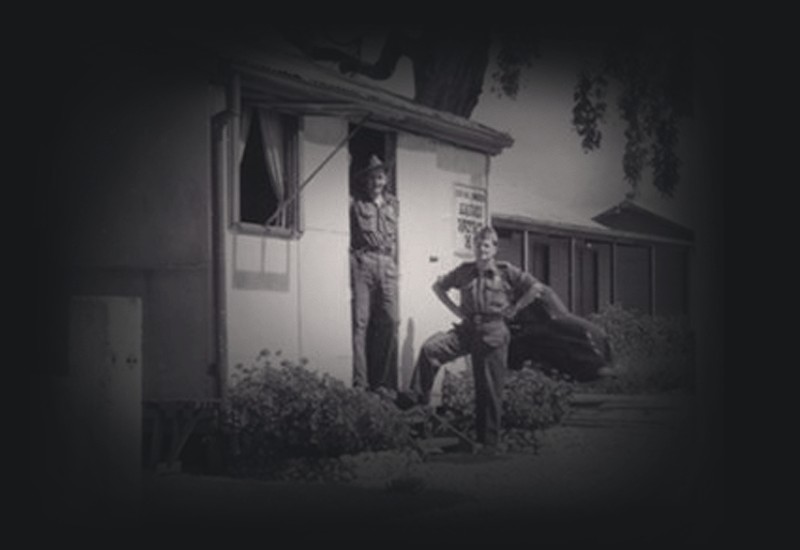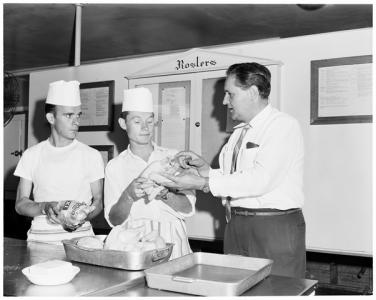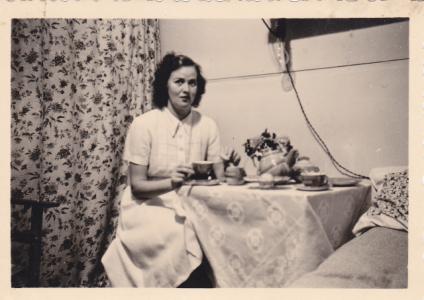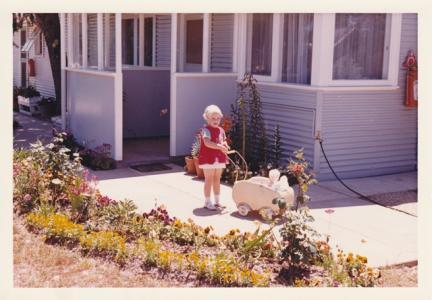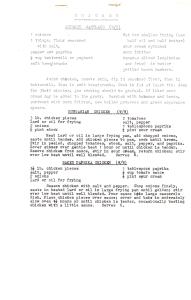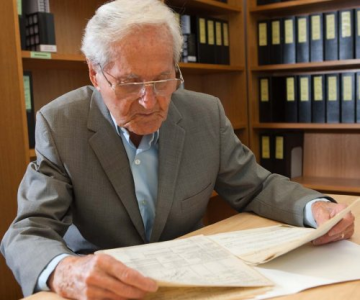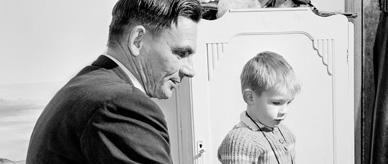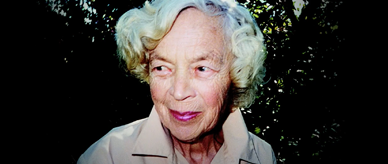Between 1947 and 1971 the Bonegilla Migrant Reception and Training Centre accommodated more than 320,000 newly arrived migrants to Australia. For many, Bonegilla was a place of temporary accommodation while waiting to be settled elsewhere. But for 94-year-old Hungarian migrant Laszlo Makay it became the place he called home for nearly 20 years.
Laszlo arrived at Bonegilla in November 1951 after 6 years in a displaced persons camp in Germany. He chose Australia as a destination after receiving letters from friends already settled in the country. ‘Because they wrote so many nice things, I decided to migrate to Australia,’ Laszlo said in 2008.
A two-year contract?
Laszlo came under an agreement between the Australian government and the International Refugee Organization. In exchange for assisted passage he was required to fulfil a 2-year work contract in a job chosen by the government.
After one week at Bonegilla, he was offered a work placement in Mildura and then soon after at a phosphate factory in Port Kembla. But Laszlo, who came to Australia ahead of his fiancée, Eva Goercsotz, was not ready to leave his new home just yet and insisted he stay at Bonegilla until his future wife arrived. Within 3 weeks his wish was fulfilled when he was offered employment as a camp patrolman at Bonegilla. Eva arrived in Australia six months later and the couple married in the Albury Catholic Church.
A cheerful place to live
In the 1950s, the accommodation at Bonegilla was basic but Laszlo and Eva made their hut a cheerful place to live. 'I did a lot of improvements,' Laszlo said. 'From fruit cases I prepared shelves for the walls and we got curtains and so on ... we were satisfied.'
Both Laszlo and Eva worked at Bonegilla for 19 years: Eva as a medical orderly in the Bonegilla hospital, and Laszlo as a camp patrolman (1951–57), block supervisor (1957–58) and catering officer (1963–70). Their daughter Trixie attended Bonegilla’s day care and school until she was 7.
As catering officer, Laszlo made significant improvements to the food offered at Bonegilla. In 1964 he introduced a 2-choice monthly menu, which doubled the meal option for residents. He ensured a variety of dishes from different countries were available.
Shortly before Bonegilla closed, Laszlo took up a position with the Department of Immigration’s central office in Canberra. Eva began a new career at the National Library of Australia. When asked why they stayed so long at Bonegilla, Laszlo replied, ‘Ah, considering the work we did and what else we could get … cheap accommodation and so on. And, whatever we enjoyed, it didn’t cost much. And we enjoyed a lot. And I always progressed up a little bit… I was offered always new jobs.’
Eva died in 1990, aged 65, and Laszlo continued to live in Canberra. He now shares his time between his daughter Trixie in Canberra and relatives in Hungary.
Quotes from interview between Ann-Mari Jordens and Laszlo Makay, 2008. National Library of Australia: nla.oh-vn4318388

